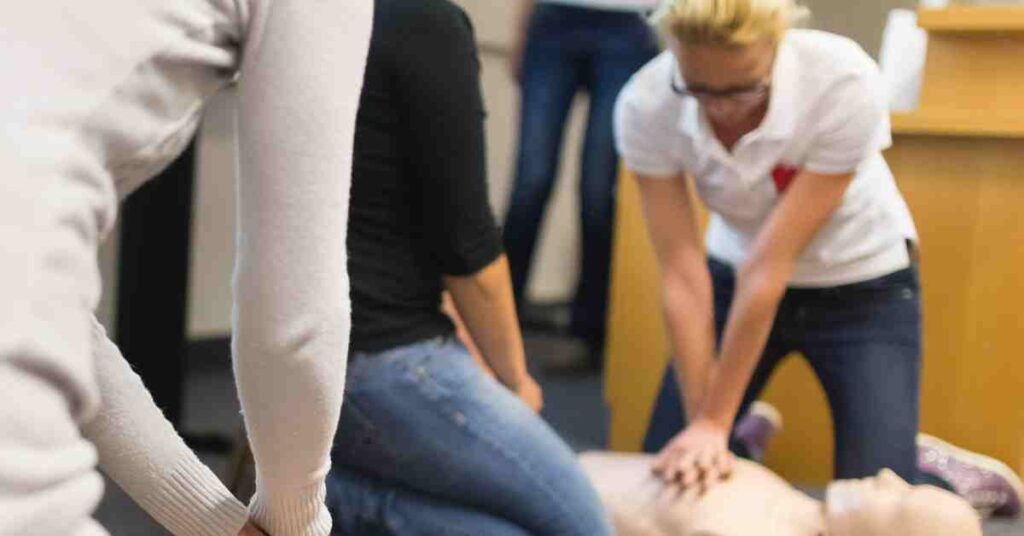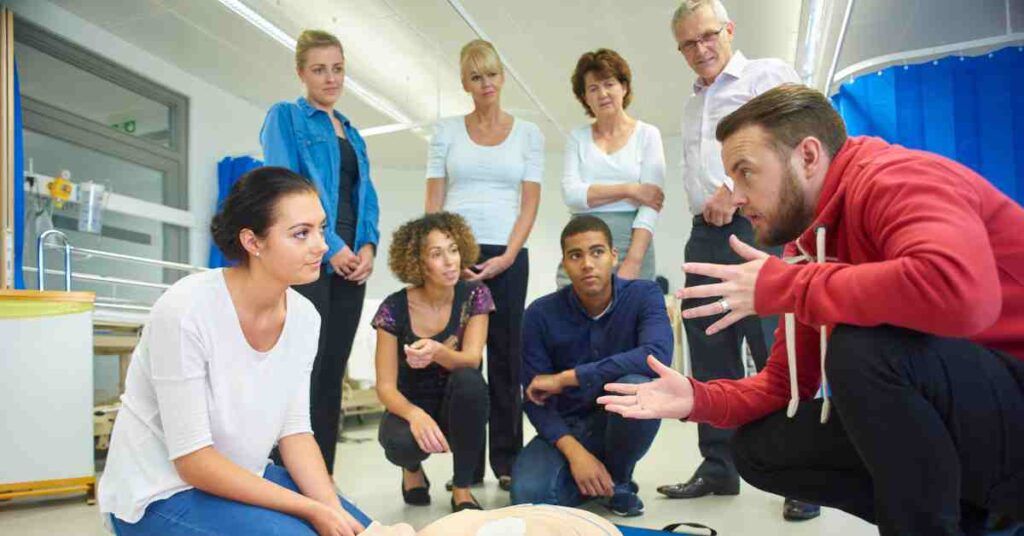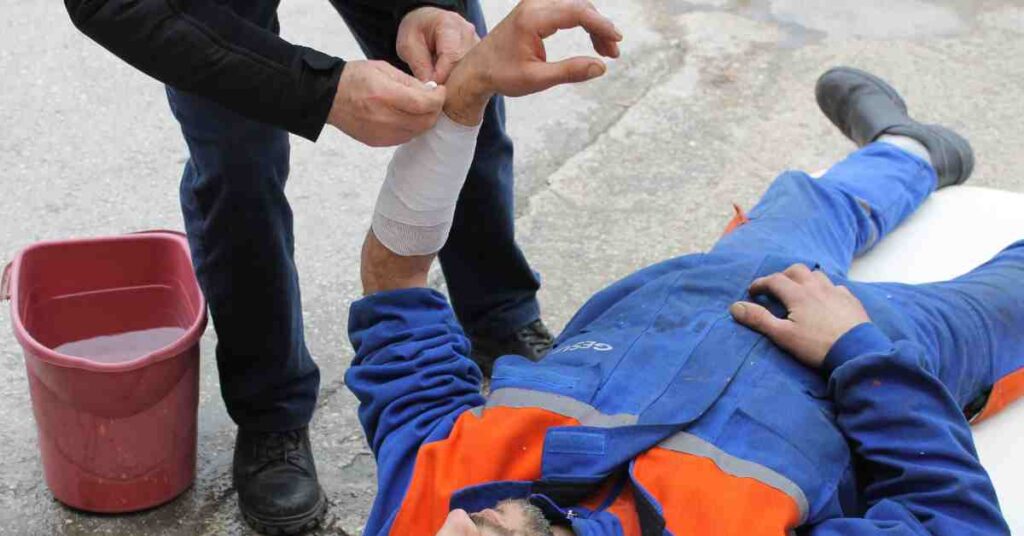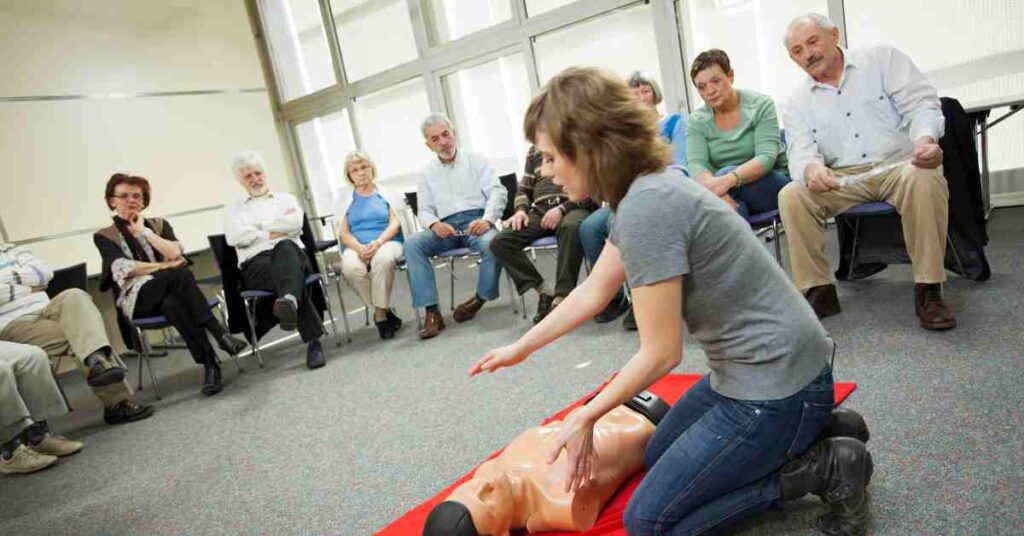Choosing the Right First Aid Training Partner for Your Company

Ensuring the safety and well-being of your employees is a top priority for any business.
Emergencies can occur at any time, and having staff who are well-prepared to act can make a difference between a minor incident and a major catastrophe. One of the most effective ways to build this safety culture is through quality first aid training. However, the key to success lies in choosing the right first aid training partner. This blog post will guide you through the process, offering detailed advice on what to look for to ensure your employees receive top-notch, practical training.
Understanding the Importance of First Aid Training
Before diving into how to select a training partner, it’s essential to understand why first aid training is such a critical investment. Effective first aid training in the workplace can:
- Save Lives: Immediate, informed action in emergencies—such as cardiac arrests, choking incidents, or severe injuries—can drastically improve survival rates.
- Reduce Workplace Accidents: Trained employees are more aware of hazards and take proactive steps to prevent incidents.
- Enhance Employee Confidence: Knowing what to do in an emergency reduces panic and builds a sense of empowerment.
- Boost Productivity: Fewer accidents mean less downtime and fewer disruptions to business operations.
- Meet Legal Requirements: In many industries, providing first aid training is not only good practice but also a legal requirement under Australian workplace safety regulations.
With these benefits in mind, choosing a training partner that delivers effective and engaging training becomes a crucial business decision.ake
1. Check for Accreditations and Certifications
A reputable training provider should have recognized accreditations and certifications. This is the first sign that they adhere to industry standards and are committed to quality.
- Certifications: Look for providers certified by well-known organisations such as the Australian Red Cross, St John Ambulance, or other reputable health and safety bodies.
- Compliance: Ensure the training meets local health and safety regulations, such as those set by Safe Work Australia.
- Standards: Accredited providers regularly update their course content to reflect the latest best practices and guidelines in first aid.
By choosing a partner with the right credentials, you ensure that your employees receive training that is both current and effective.

2. Evaluate Experience and Reputation
Experience matters when it comes to first aid training. A provider’s track record can offer valuable insights into their reliability and the quality of their courses.
- Years in Business: Providers with a long history have often refined their training methods over time. Look for those with several years of experience in delivering first aid training.
- Client Testimonials and Reviews: Check online reviews, case studies, or ask for references from other companies in your industry. Positive feedback is a good indicator of a training provider’s effectiveness.
- Industry Specialisation: Some providers specialise in certain industries, offering tailored training that addresses the specific hazards of that environment. This can be particularly valuable if your business operates in a high-risk industry.
A training partner with a strong reputation and extensive experience is more likely to deliver a high-quality, practical training program.
3. Consider Training Methods and Customisation
Every workplace is unique, and a one-size-fits-all training program may not address your specific needs. Look for a provider that offers flexible training methods and customises content to your business environment.
- Interactive Learning: The most effective training sessions are hands-on and interactive. Look for providers that use practical exercises, simulations, and real-life scenarios to help employees retain skills.
- Customisation: Ask if the training can be tailored to address the particular hazards and challenges in your workplace. For example, if you operate a manufacturing facility, the training might focus on handling chemical spills or machinery accidents.
- Delivery Options: Consider whether you prefer in-house training, online modules, or a blended approach. In-house training allows for real-time interaction and hands-on practice, while online courses offer flexibility for employees to learn at their own pace.
- Course Materials: High-quality training providers will offer comprehensive course materials, including manuals, videos, and checklists that employees can refer back to after the training session.

4. Assess the Quality of Instructors
The instructors are the heart of any training program. Their expertise, communication skills, and ability to engage participants can significantly impact the success of the training.
- Qualifications and Experience: Ensure that the instructors are certified first aid trainers with real-world experience. Instructors who have worked in emergency services or healthcare can provide valuable insights and practical tips.
- Teaching Style: Effective trainers can simplify complex concepts and adapt their teaching style to suit the audience. Look for providers that offer sample sessions or demo classes to evaluate their teaching methods.
- Ongoing Development: A good training provider will invest in continuous professional development for their instructors, ensuring they stay updated with the latest techniques and guidelines.
By choosing a provider with skilled and experienced instructors, you ensure that your team not only learns the necessary skills but also feels confident applying them in real-life situations.
5. Compare Costs and Added Value
While cost is an important factor, it should not be the sole determining factor when choosing a training partner. Instead, consider the overall value the training provides.
- Transparent Pricing: Ensure that the provider offers clear and upfront pricing with no hidden fees. Compare quotes from multiple providers to understand the market rate.
- Value-Added Services: Look for additional benefits such as follow-up support, refresher courses, certification documentation, and access to online resources. These extras can enhance the overall value of the training.
- Return on Investment: Quality first aid training can lead to fewer workplace injuries, reduced downtime, and even lower insurance premiums. When evaluating cost, consider the long-term savings and benefits to your business.
Investing in quality training might have a higher upfront cost, but the long-term benefits—in terms of employee safety, productivity, and reduced liability—can far outweigh the initial expense

Want more? We’ve got you covered…
Our Baby First Aid Courses
💻 Learn Baby & Child First Aid Online – Anytime, Anywhere
At The First Aid Nest, we make it easy for busy parents to learn life-saving skills from the comfort of home.
Our online baby first aid courses are designed by a children’s nurse and allergy specialist, focusing on the things parents worry about most:
✅ Choking prevention & first aid
✅ Introducing common allergy foods safely
✅ Recognising allergic reactions
✅ CPR and emergency response for babies & children
✅ Weaning tips and food safety
📱 Learn in your own time, at your own pace – all from your mobile, tablet or laptop.
Our First Aid Certificate Courses
We run most of the popular first aid courses Australia wide. HLTAID011 Provide First Aid, HLTAID009 Provide CPR, HLTAID012 Provide First Aid in an Education & Care Setting, Mental Health first aid and CPR/LVR to name a few.
Book your public spot online or contact us if you have a group of 5+ people for onsite training.
Here are some other resources you may enjoy!
FREE GUIDE: Bite-Size Safety Choking Prevention Quiz
FREE GUIDE: Essential Weaning Bundle
FREE Workplace Emergency Preparedness Plan: Grab this at the bottom of every page!
Follow for baby & child first aid and allergy info and tips on Instagram & TikTok, all @thenestcpr
